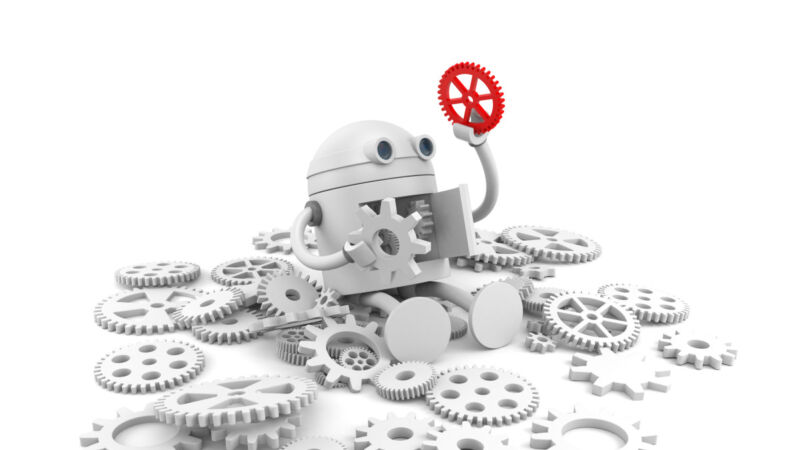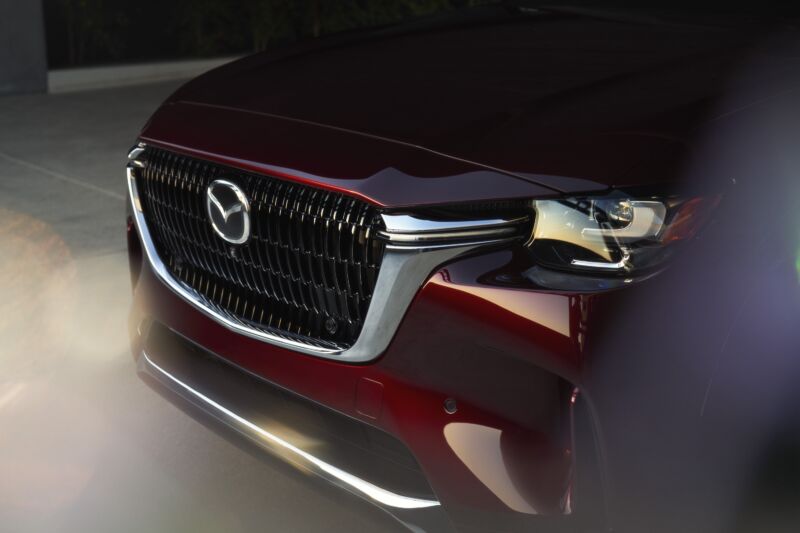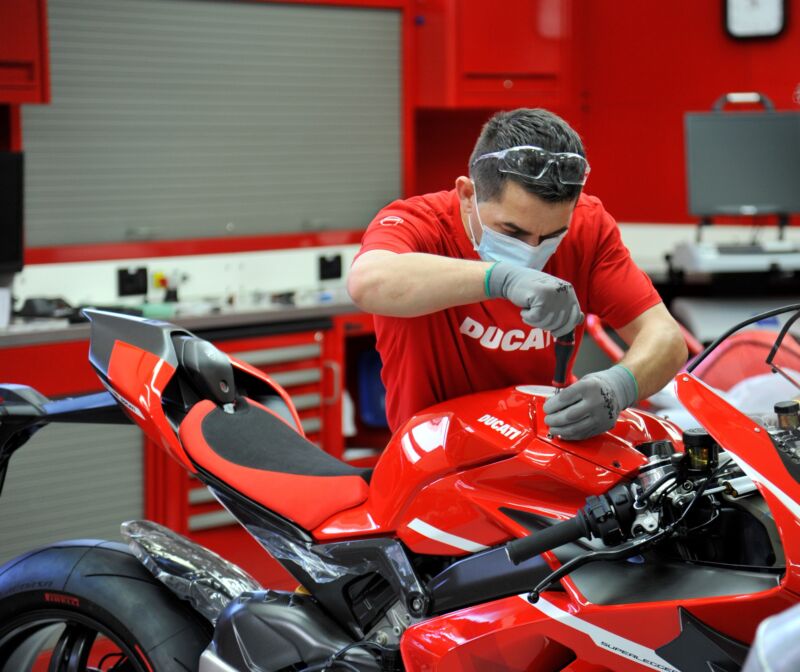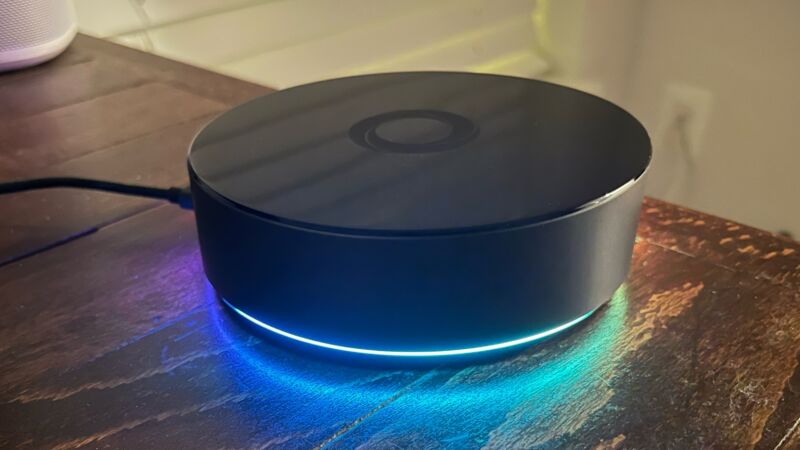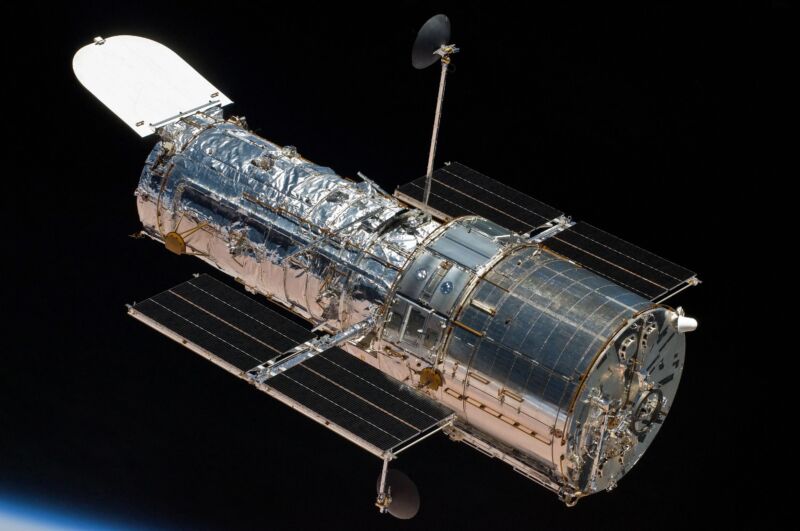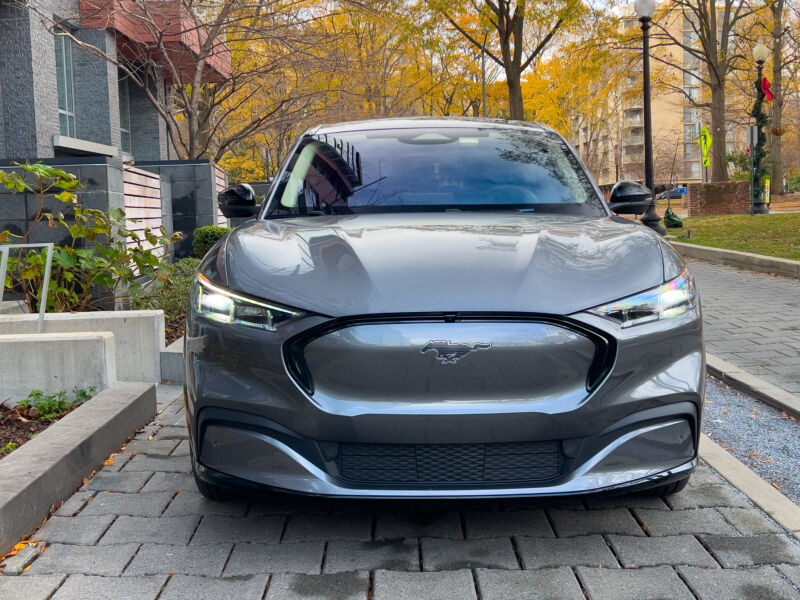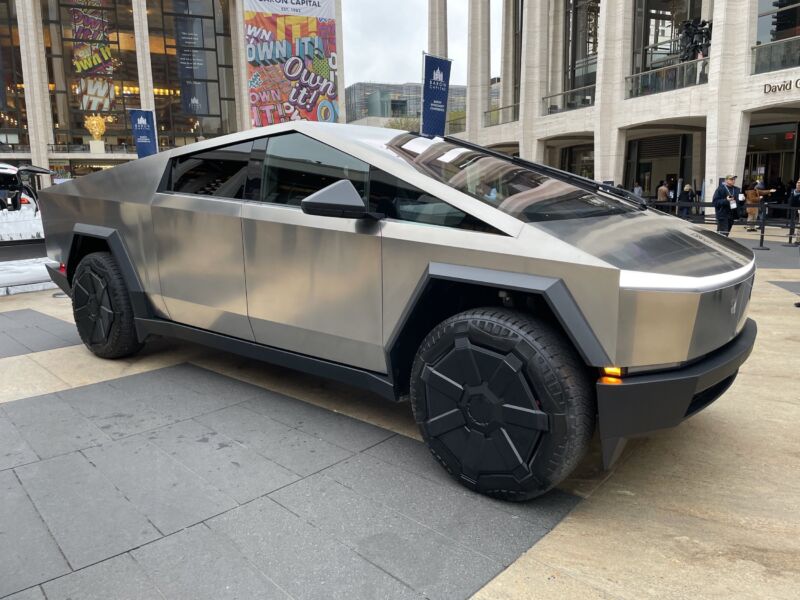
Enlarge / Tesla Cybertruck displayed at Lincoln Center in New York. (credit: Getty Images | Roman Tiraspolsky)
Tesla has revived a contract clause that says the electric carmaker could sue Cybertruck buyers for $50,000 or more if they resell during their first year of ownership.
As we reported a month ago, the Cybertruck-only clause was added to the public version of Tesla’s Motor Vehicle Order Agreement Terms & Conditions and then deleted after the lawsuit threat attracted some attention. But now, people who ordered the limited launch edition “Foundation Series” Cybertruck say the order agreement they received from Tesla has the clause added back in.
The clause says Cybertruck buyers must offer the car back to Tesla at a reduced price before any attempt to resell the vehicle within one year of delivery. If Tesla declines to buy the Cybertruck back, the owner could resell it only if Tesla provides “written consent.”
Read 8 remaining paragraphs | Comments
Source: Ars Technica – Tesla again threatens to sue Cybertruck buyers who try to resell the cars

